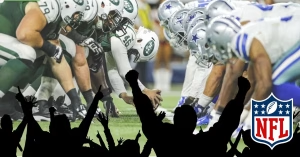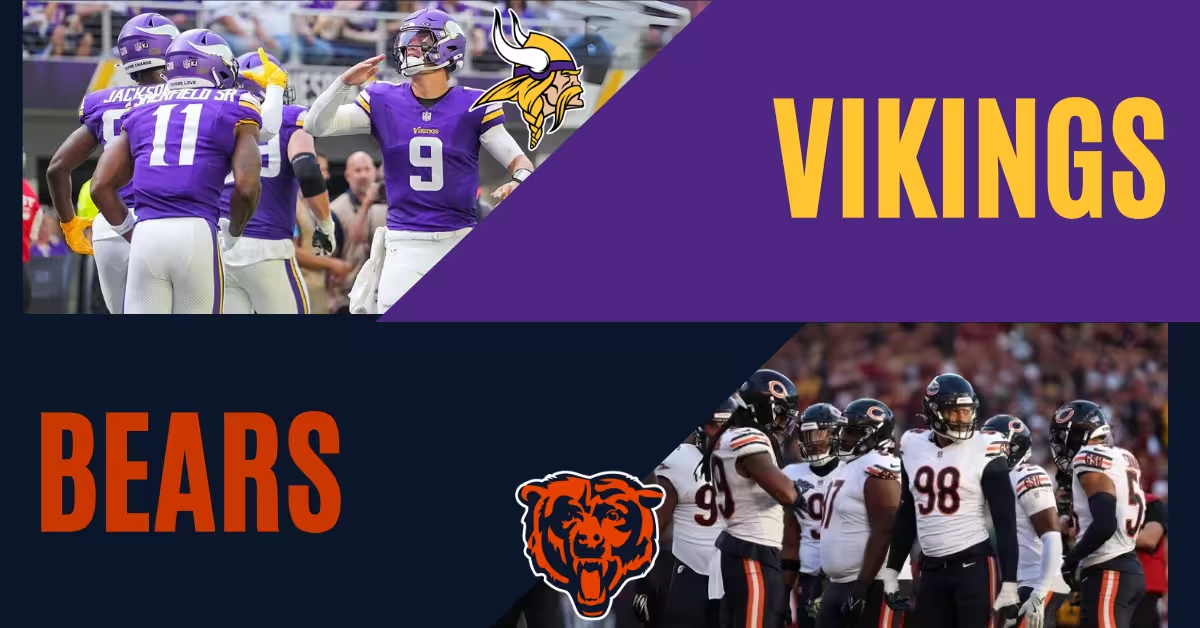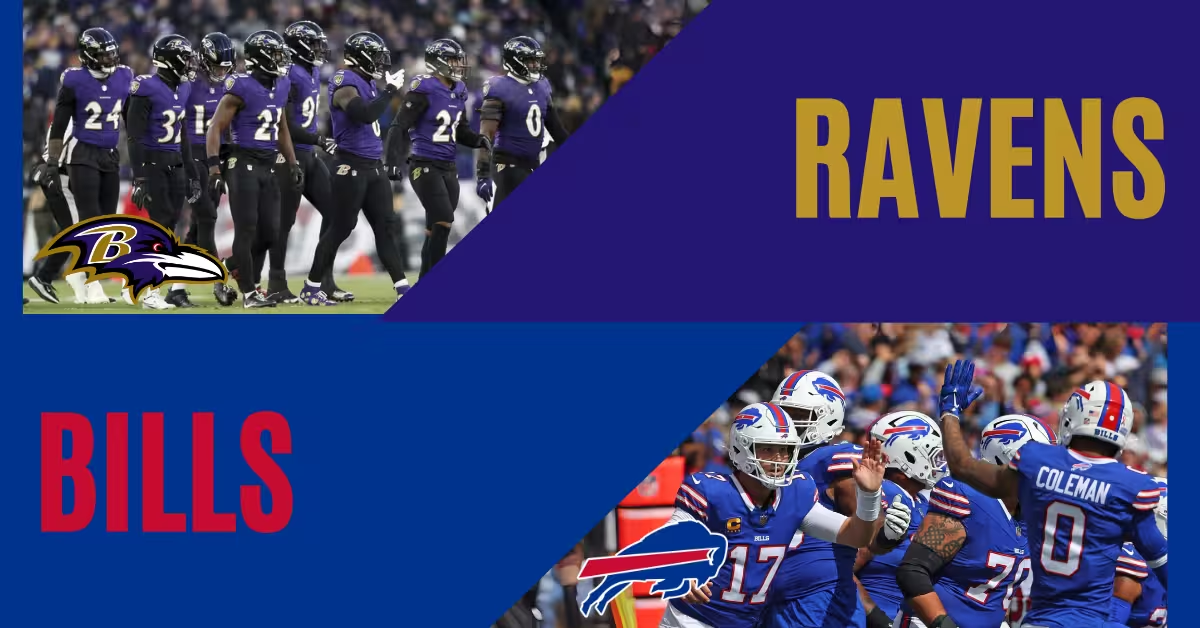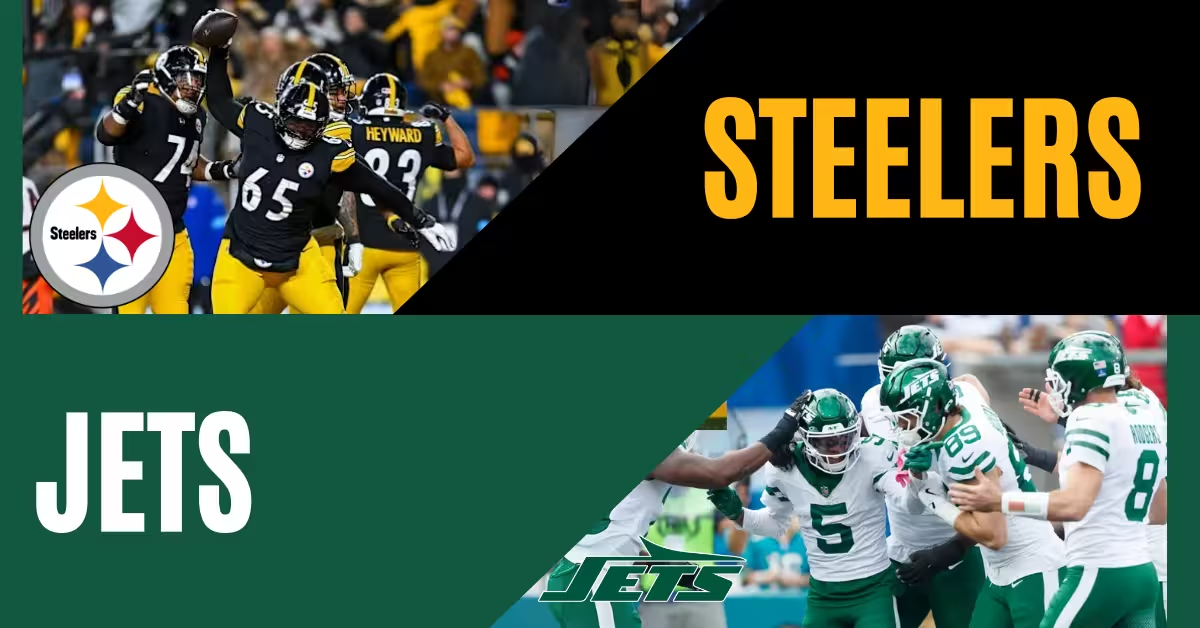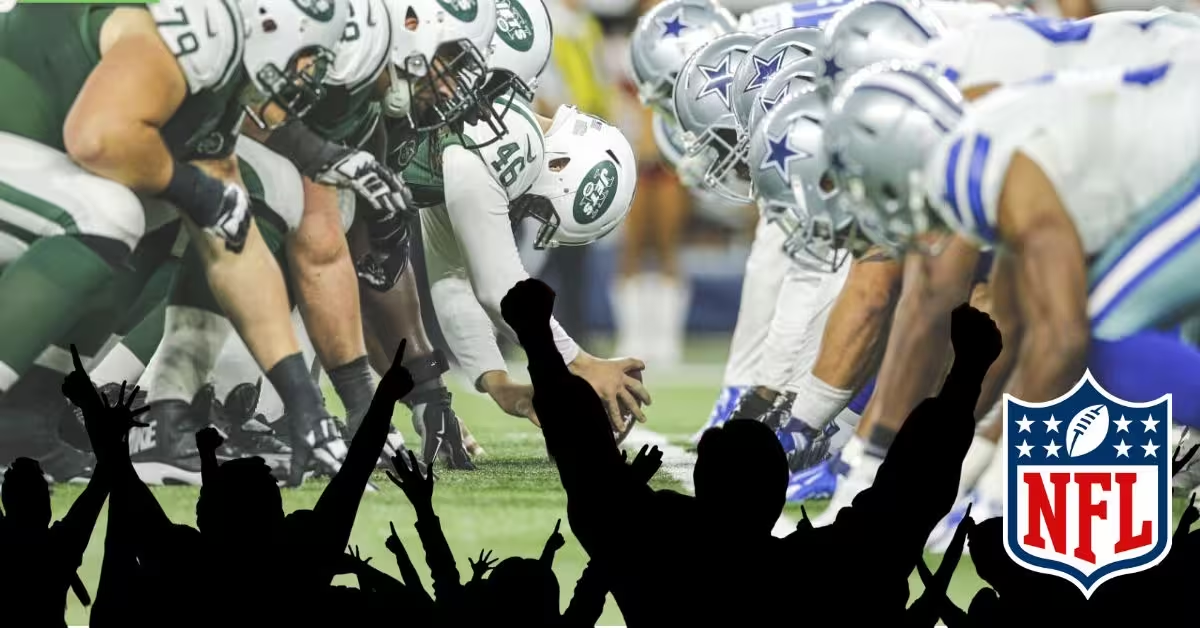Why Sportsbooks Don’t Like Props—and How You Can Use That to Win
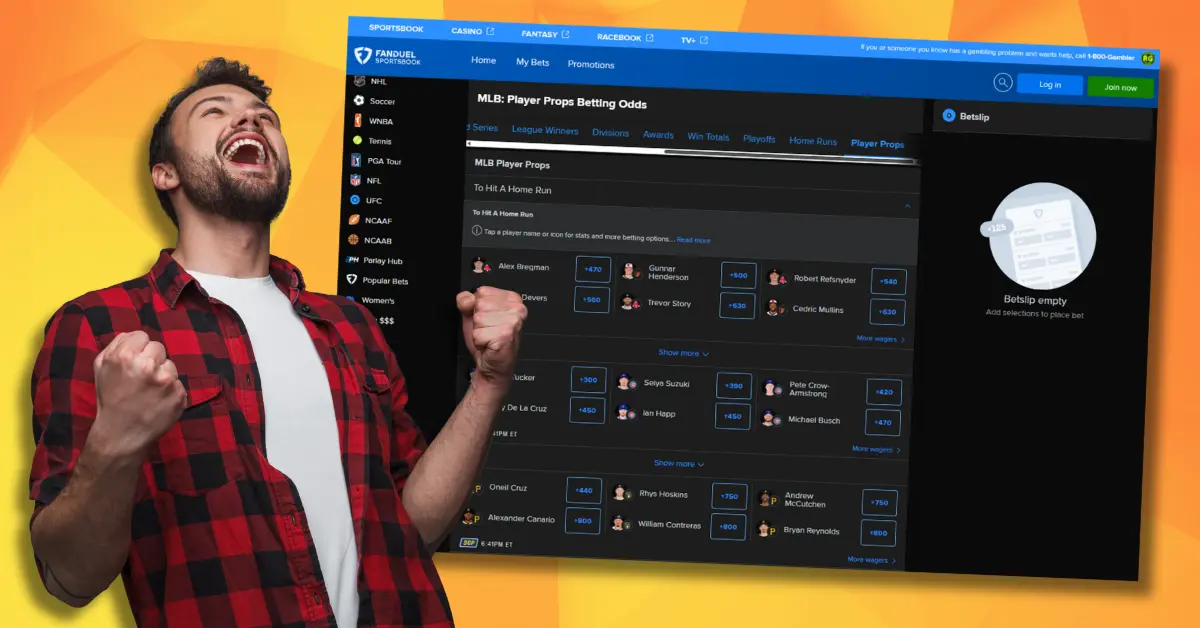
In our opinion, prop bets, aka proposition bets, are the funnest part of sports betting. You can pretty much bet on anything, and we mean anything. We’re talking individual stats, Gatorade colors (this is just for the Super Bowl), who makes the most baskets, touchdowns, you get the picture.
It makes it so much more interesting than the regular old betting on who wins or loses. It makes watching games extra exciting, but sportsbooks don’t like them as much as fans do!
Why? Because prop bets all hinge on unpredictable game minutiae and limited data, and the sportsbooks know that they can be riskier than standard spread or moneyline wagers—they can take money from the house, and the house frowns upon that.
But just because sportsbooks don’t like them doesn’t mean that you shouldn’t use them to your advantage! We’re gonna tell you why prop markets are a hassle for the house and, most importantly, how bettors can exploit this. When you know what the sportsbook’s perspective is on props, you can spot inefficiencies (like inflated “over” lines or weak lines on reserve players) and use promos or line-shopping to tip the odds in your favor!
What Are Prop Bets?
Let’s get some more clarity on what prop bets are. A prop bet is any kind of wager on a specific event or outcome within a game that doesn’t directly decide the winner.
It’s a bet on anything else besides the game’s final score. It can be a statistical milestone, like a player’s point total, a team achievement, like first quarter points, or a novelty outcome like who wins the coin toss or the length of the National Anthem. Unlike point spreads or moneylines, props go from straightforward over/unders to yes/no questions and head-to-head player duels.
Types of Prop Bets
The most common prop bets fall into the following categories:

- Player Props: Wagers on individual player performance, like betting on whether a quarterback will throw over 2.5 touchdowns, or if a pitcher will record more than 7 strikeouts. These are usually on stats like points, yards, receptions, hits, etc. And with star players, sportsbooks will publish dozens of lines on points, assists, and rebounds.
- Team Props: These are bets on a team’s performance during the game. Common team props include whether a team will score first, team points over/under, or which team scores the first 10 points. It’s any team-related event that doesn’t depend on the opponent’s outcome.
- Game Props (Novelty Props): These are for those niche events. Like the coin toss result, the player who scores first, the total points in the first half, or the details about the halftime show. As we said above, Super Bowl props include everything from Gatorade color to anthem length. These props are mostly posted for high-profile games or events and can be as granular as you like!
Popularity
Prop betting has gone wild in the last 10 years. In surveys of U.S. sports bettors, prop bets and parlays are ranked among the most common bets that are made at online gambling sites. About 1 in 5 U.S. adults says they’ve made a legal online sports wager in the past year, and sportsbooks report that parlays and props are “right up there” as popular bet types.
They are super popular during marquee events such as the Super Bowl and playoff games, as books will offer thousands of prop options. For the Super Bowl in 2025, Caesars Palace listed over 2,000 prop bets! The volume of them makes both casual and hardcore bettors click “Bet.”
Props are so popular because they keep fans more engaged throughout a game and expand the betting options. You’re not only rooting for the winner—you are cheering the whole way through. Books use the popularity or props to drive more action; the more props that are available? The more people who will bet.
But as we’ll see, the popularity also brings some risk. When anyone can pick easy props like coin toss or first touchdown, a lot of bets are placed on what looks like a sure thing, and the house ends up paying out big time
Why Sportsbooks Don’t Like Props
You’d think that offering heaps of prop bets would be a good thing for sportsbooks—it’s more money for them! And to an extent, it is. But props also come with some caveats that make them way less appealing to the house when compared to standard bets. Let’s find out the main reasons why sportsbooks don’t like them.
Prop bets are fundamentally riskier for the book because they usually come with so many unpredictable factors. With standard bets (point spreads, totals, moneylines), sportsbooks have decades of data and market behavior to set lines.
Prop bets hinge on one player’s performance, weather, lineup changes, or random chance, and this increases variance. If a star player unexpectedly sits out or a late change occurs, multiple prop lines can suddenly change in a bettor’s favor. Sportsbooks then have to make sure that their hold (the juice/vig) covers this uncertainty. Prop bets carry higher juice than standard bets (usually -115 or worse vs. the usual -110), which means that the book charges more to offset that risk.
The market for props is also super volatile. Odds can change dramatically as news or updates break. A late injury report or weather update will send prop lines moving all over the place. Managing this risk is critical because if and when a line moves quickly or is mispriced even a tiny bit, sharp bettors will flood that market. And because some props (like rare player stats) have a limited number of bettors, one big winning streak can completely wipe out a sportsbook’s take on that prop. Props create more ways for sportsbooks to lose money if something out of the ordinary happens, so books have to price them with an extra dose of caution.
Another problem is that bookmakers have less historical data and modeling ability for prop markets. Point spreads and over/unders cover entire games with tons of statistics behind them. Props, by contrast, often involve very specific questions. In college sports, for example, player props barely exist because states recognize there isn’t enough data to set wise lines. College player props are often banned because “college sports have less detailed information available on individual players, and incomplete stats make it harder for sportsbooks to create balanced odds. The same holds true for many lesser leagues and odd stats.
Even in major pro leagues, sportsbooks may rely on broad averages to set lines and then hope the bets balance out. According to one analysis, many books set player props based on season averages and box scores without fully adjusting for context (like usage or matchups). This lack of granular knowledge means early prop lines are often only rough estimates. If the bookmakers underestimate a player’s prop ceiling or a unique scenario, bettors can exploit the inefficiency before the line adjusts. In short, books know they don’t have the perfect model for every niche prop. That forces them to be conservative with limits and odds.
Professional bettors, who are also known as “sharps” in betting circles, absolutely love prop markets. They know that even the smallest mispricings can be exploited again and again.
When sharps find an edge, like a player who’s lacking in pass attempts, or a pattern that books ignore, they will hammer that prop. And because sharps are the ones that place the biggest bets, a few winners can leave the sportsbook with a hefty payout. Knowing this, a lot of books will try to limit the damage. In practice, sportsbooks impose much lower betting limits on props than on popular markets.
If someone is regularly cleaning up on props, the book will act by decreasing a bettor’s limits or possibly banning them from prop betting entirely! That seems unfair, but it’s the house, so you know how it goes.
That’s why pro bettors have multiple accounts to spread their action—books flag big winners in prop markets. In effect, books act defensively: they know that props are an easy target for experienced bettors, so they cap how much anyone can win. It limits their exposure but also signals that they are scared of sharps targeting the lines. Sportsbooks know that these markets are much easier to exploit and want to limit their exposure.
There are some real-world examples that illustrate why books get so antsy about props. High-profile scandals and weird markets can change a book’s offerings. Look at the NBA in 2024: After a gambling scheme that involved player Jontay Porter manipulating his own prop bets, major U.S. sportsbooks agreed to stop offering certain player props altogether.
Specifically, major U.S. sportsbooks said that they would no longer be offering under bets on NBA players who are on two-way or 10-day contracts, which means that if a little-known player on a short contract is in a game, books won’t even let you bet the under on his stat line—they won’t issue the prop.
The extreme measure happened because gamblers had targeted a niche prop, won big, and given the league and sportsbooks a black eye. A combo of insider knowledge and prop betting can force books to flee the market.
Another example is the Super Bowl. Books will pile on thousands of props for the game, as they’re hoping to bring in a lot of small bets from casual fans to balance the book. But they risk massive one-sided action. A coin toss (a 50/50 event) prop bet attracts lopsided money on one side; if it lands against the public, the book takes a hit even though the odds are tiny. Super Bowl-specific props don’t need any research, so novice bettors could put large bets on what they think are easy wins. Any prop that can be hit by outsiders, insiders, or pure chance can create too much volatility for the sportsbook’s liking.
Given all of these issues, sportsbooks treat prop bets with a lot of guardrails. They apply higher juice (vig) to props, meaning that the line is skewed in the house’s favor. Most standard bets pay around -110 (about 4.76% vig), but player props usually pay -115, -120, or worse. The added juice makes it harder for bettors to eke out a profit and guarantees that the book earns more even if the prop swings.
Books also cap prop bet sizes. If a marquee game’s point spread allows for six-figure bets, the same game’s individual player props could be restricted to a few hundred dollars. This caps the sportsbook’s liability on any single prop outcome.
Then there are the rules that are enforced, and they are strict! Certain books will void some props if they judge them to be too dangerous. Others will monitor sharp action and throttle it.
All of these practices boil down to caution. Sportsbooks don’t want a “sure thing” in props for bettors (there isn’t one, and claiming so would be irresponsible), but they do want to minimize their losses.
How Bettors Can Use Prop Bets to Their Advantage
Knowing how and why sportsbooks handle props with extra care means that you have more ways to profit! Read on to find out how you can turn the house’s unease into your advantage.
Exploiting Market Inefficiencies
Because props are so hard to price, errors and inefficiencies abound. A common pattern is the public bias for overs on player stats—after all, fans want to cheer for big performances. This tends to push over-lines higher (longer) than they should be. Smart bettors usually look to the under, which is where fewer bets are placed and lines can lag. Analytics show that public bettors love taking overs on player props, which inflates those numbers, so sharp bettors will take the under when the line looks too high.
Generally, sportsbooks are relying on quick models or season averages to set prop lines, especially early on in a season. If you get into the advanced trends, you can spot where a number is soft. Maybe a quarterback who is facing a weak defense has a higher projected yardage than the book’s line; maybe a star player coming off injury hasn’t fully regained form. Using projection tools and analytics can reveal these kinds of mismatches.
If your betting model projects a player to score 30 points but the betting line is 27.5, that prop might be a +EV (positive expected value) bet. Lagging sharp projections can create +EV opportunities if you quantify edges and compare expected value across sportsbooks. The important thing is to look further than the raw box scores! Examine usage rates, matchups, game scripts, etc. When you do this, you turn the sportsbook’s initial guesswork to your advantage.
Focus on Niche Props
Since big-name props get the most attention and sharper books put more effort into them, another approach is to seek out the niche lines. They could be lesser-known players, like a backup running back’s receptions, or the stats that few bettors care about, like steals or blocks in an NBA game. Major sportsbooks put way more effort into high-profile player props, but obscure props? Like a backup running back’s receptions or a bench player’s 3-pointers? They get way less attention, and that makes them easier to beat.
You can also look at the less-hyped markets (WNBA, soccer props, minor leagues) where the book’s models are thinner and less people are betting. Because there are fewer bettors, a sharp bettor can move the line more before the book notices.
By studying these niches (say, an NFL backup QB’s passing yards when a starter is out, or a goalie’s save prop in hockey), you’ll find prices that don’t fully reflect the reality. The sportsbook’s goal is to balance action and earn vig. For those obscure props? They’ll set a line and sit on their laurels so that the occasional smart bet can be super profitable.
Research and Data-Driven Betting
Winning at props takes research, so use stats and tools just like the pro handicappers do! Look at player and team trends, and no, not just season totals, but the most recent game logs, usage changes, defensive matchups, weather, etc. If a running back has been getting 80% of his team’s carries lately, his rushing prop could be priced too low. Or if a basketball team is on a pace-up in a high-scoring series, team totals might be underrated.
Some bettors build their own data models or use projection sites, which we recommend! Using advanced metrics, like usage rate or opponent defensive ratings, will show when a player is likely to beat his prop line.
You should also follow injury reports and lineup news, and the timing of line releases matters as well. DraftKings will post player props early, so if you get that line first, you have a better chance at securing a favorable number before others can adjust.
Line Shopping
Because props are priced by each sportsbook independently, the lines will be different, sometimes way different. One book might think a player’s yardage line is 100, another 110. This is why you should always use multiple sportsbooks or comparison tools (like OddsShopper or any odds aggregator that you like) to shop for the best line. It’s not uncommon to see a few-point spread on a stat just among legal books.
If Book A has a receiver’s receiving yards at 48.5 and Book B has 47.5, you immediately get +1 yard of value by choosing Book B’s number (or vice versa, depending on which side you bet). And those extra yards or points can add up to a nice profit.
Even the juice (vig) can vary, though in player prop,s most books charge around -115. Still, a -108 line instead of -114 on the same prop is a pretty big deal. Before placing a prop bet, compare across as many books as you have access to—it’ll multiply your +EV chances!
Taking Advantage of Prop Bet Promotions
Sportsbooks know that prop bettors (and all bettors) love bonuses and boosts so that they will roll out promotions around props, especially for the big games. It’s common to see odds boosts on popular props (e.g., “Bet Player X to have 30+ points at +800 odds!” instead of the usual +600). And there are gambling sites that offer insurance, where if you bet on a prop and it loses, you get a bonus bet or a refund. FanDuel’s “Dinger Tuesday” is a good example of this—you get bonus value if you bet on a home run prop throughout the MLB season.
Take advantage of these promos, but do it in a smart way. If you get a free bet or bonus credit, use it on longer odds where you maximize expected value (EV). Using a $50 bonus on a +EV underdog bet (say +300 to +600) yields more expected value than burning it on a favorite. With a bonus bet, you don’t get your stake back, so betting a big underdog has a much higher EV payoff. You can also “convert” bonus bets by pairing them across books or hedging, like betting on a prop at one book and hedging at another to lock in a profit no matter what happens. Whatever the promotion, think in terms of math, not emotion: use the boosts to get extra points or free bets to stretch out your bankroll!
Another angle? Some books offer rebates or parlay features that are specifically for props. If there’s a prop parlay boost on the board, see if your chosen props make sense together (be careful not to include too many fluky ones). Always read the fine print: a “bonus bet” usually has wagering requirements or restrictions. But the gist is this: if a sportsbook is pushing a prop with a promotion, it’s giving you an advantage, albeit a small one, that it wouldn’t give if the prop were perfectly priced. Use that to your benefit!
Tips for Betting on Props
It’s time for some tips! Below are the best tactics to level up your chances of winning prop bets.
Look for Player and Team Trends
- Recent Performance: Check how players and teams are trending. A player on a hot streak or a higher usage role (due to injuries or strategy changes) may outpace his average.
- Matchups: Think about matchups. A strong offense that’s facing a weak defense will mean more offensive stats. If a team has given up a lot of passing yards recently, that QB’s passing props could be beatable. Conversely, a talented cornerback might suppress a receiver’s yards.

- Game Context: Understand the context of the game. Is it a blowout expected? A poor weather game? If a basketball game is expected to be defensive (low scoring), look at unders on points and assists. If two teams historically play fast-paced shootouts, team totals could go higher than usual. Also watch for pace-of-play stats— a fast pace always yields more yards and points.
- Consistency and Variance: Some stats are much more erratic than others. Props like three-pointers or rushing touchdowns can be streaky. The “high-variance” stats usually offer value on the underdog line because they don’t happen predictably in every game. There’s usually value in betting the under (“negative props”) on statistical categories since the majority of bettors naturally lean toward overs.
Understand the Event Context
- Injuries and News: Note lineup changes and injuries. Late scratches (e.g., a quarterback resting or a player doubtful after warm-ups) will affect props. Use injury report sites or follow team beat writers. If a star is out, the next man up’s props could jump, so be ready to jump on the new lines before the public does!
- Motivation and Stakes: Contextual factors matter as well. In playoff games or elimination scenarios, teams can play differently (sharper defense, more cautious offense). Blowouts can deflate totals; close games can inflate them. Also, think about secondary props that the next team prop could adjust.
- Weather and Venue: With outdoor sports, weather can and does derail stats. A windy dome or a rainy field will limit passing, so adjust your player and team totals down. If a stadium is known for high scores (altitude in Denver), expect offensive props to be slightly higher than usual.
Start Small
Okay, so you’re ready to test out a prop strategy for the first time! Heed these words: Start with small stakes. Sportsbooks set low limits on props for a very good reason: The markets are volatile. Even if you do have an edge, variance can run amok in the short term. If you bet just 1–3% of your bankroll on each prop (the advice that pros give), you make sure that a bad losing streak won’t derail your entire plan.
A slow and steady approach means that you will avoid big losses as you are learning. Later on, you can increase your stakes on props where you regularly find value!
Use Betting Tools and Calculators
Tools are your friend! And there are so many helpful (and free!) resources available that will help you when you’re betting on props.

- Odds Calculators: Handy tools that convert odds formats or compute implied probabilities. Our betting odds calculator will turn American odds into win chances that’ll help you see if a line is really fair (e.g. a -120 line implies 54.5% chance).
- Analytics Platforms: You can also subscribe to prop analytics sites or forums like Props.Cash, DraftKings analysis tools that aggregate stats like pace and usage. There are simpler tools like StatMuse or sports-reference sites that provide historical splits and situational data.
- Bet Trackers: Keep records of your bets and results so you can see which props or situations you handle well. Some bettors use basic spreadsheets, but others like using apps like BettorEdge to track ROI, win rate, and exposures. Tracking tools let you monitor your liabilities and performance metrics in an effective way. They can also help you spot “profitable trends” in your own betting patterns.
- Calculators for Parlays/Arbitrage: If you mix props into parlays or hedges, use parlay calculators or odds converters. The basic arbitrage calculators can show if two books offer lines that let you lock in a profit by betting both sides (though this is rare with props due to juice). You can use our free Arbitrage Calculator anytime to check if there is a chance for guaranteed profits.
Using these tools doesn’t guarantee any wins (nothing does), but it will help you remain disciplined and make rational decisions. It also lets you compare apples to apples when you’re shopping for lines!
Stay Disciplined
If you don’t have discipline, then you shouldn’t be betting on anything, let alone props. It’s fun and exciting, but undisciplined or emotional overbetting is really dangerous. You have to set strict limits on managing your bankroll, like stop-loss rules (if you lose 5–10% of your bankroll in a day or week, STOP). And you should never “tilt” after a loss; treat every prop bet as an independent event. The house adjusts to winners, so if you do hit a few props, don’t jump into huge ones thinking that you’re on fire. Just stay with your researched strategy.
And you never want to get into the mindset of having to cover your losses. If a prop bet doesn’t pan out, don’t chase it with another prop. This is chasing losses, and we don’t do that. Sportsbooks are counting on bettors who make emotional mistakes—it’s how they make a huge chunk of their profits.
Stay with the lines that you’ve analyzed, and maintain a consistent bet sizing. And always check sportsbook rules for props, as they can vary on what counts as a stat—some count only regulation time. Knowing the house rules will save you from any unforced errors.
Prop Bet Strategies
You didn’t think we weren’t going to leave you without examples, did you? As if! The following three prop bet strategies show how all of the above principles work in practice!
Player Prop Strategy (Points/Stat Over/Under)
Suppose an NBA star is listed at 29.5 points. You’ve seen that the public is always chasing big games, and the line feels high, especially since the opponent has a bad perimeter defense. You check your data: this player has hit 30+ points only 3 of the last 8 games, despite scoring binges earlier in the season. Also, his current season average is 28.0 PPG, and a new teammate is taking more shots.
The sportsbook’s line at 29.5 could be inflated by hype. You shop the books and see one that has the same line at -110 and another that has -115. You place a small bet on under 29.5 points at the more favorable -110. If he goes 20-25 and the under hits, you’ve capitalized on public overreaction! Analysis supports this, as it usually shows that unders can be more profitable than overs.
Another player strategy is to exploit any injury substitutions: If a starting running back is injured, his backup’s rushing yards prop may be slow to adjust. One example of this is Tyus Jones backing up Ja Morant in Memphis—there were limited props in the books; when Morant rested, Jones’ stats props were underdeveloped. A sharp bettor who recognized the “what if” scenario could bet Jones’ points before the book raised the line. The main thing here is quick analysis and fast action when any important news hits.
Team Prop Strategy (First/Last Scorer, Team Totals, Game Props)
Think about betting on which team will score first, which is a common team prop bet. You look at the matchup: Team A has scored first in 70% of home games this season, and they have a reliable returning kicker for opening kickoffs. Meanwhile, Team B’s opening drives have been erratic. The sportsbook could list Team A’s first score at -125. Seeing a strong trend, you take Team A’s first score (-125). If your analysis is right? You’ve exploited a simple pattern.
For team totals (over/under on team points), use situational analysis. If a football team’s offense has exploded in prime time games and their opponent is struggling, you could bet the over on that team’s half- or full-game point total. Conversely, if the weather turns bad (rain, wind), you might take the under on team scores across the board. Most NBA team prop bets revolve around points (first to X, etc.), so team strategy usually focuses on projected scoring. Check the line vs. your expected value—if your research says “Team to 30 first quarter points” should pay +200, but the book only gives +150, that’s a sign of an inflated line (and maybe bet the opposite if it’s possible).
Live Betting Strategy on Props
Live (in-play) prop betting is more of an advanced move, but it can yield profit. Say in an NFL game, you notice in the first quarter that the game is unusually defensive. The total sacks line for Q2 is 1.5. You see both teams blitzing, and a backup QB just came in with sacks in the prior quarter. You might take the over 1.5 sacks in Q2 based on game flow (even if pregame that prop looked fair). Another tactic? If a basketball star had a bad first half but is warming up (shooting better as the game continues), you could hop on an in-game prop that he’ll score 10 in the second half.
To do this, watch the momentum and use small, quick bets. There is tracking software that updates player activity in real time and signals when a live prop’s implied odds diverge from actual game flow. If your pregame bets start looking shaky, in-game markets allow you to make adjustments. BettorEdge gives you real-time analytics so that you can quickly adapt your bets.
During a game, look for any prop lines that lag behind obvious developments. If a player is suddenly benched or gets hot unexpectedly, grab that updated prop line before others do. Live prop trading takes discipline and fast fingers on a smartphone, but it’s how many professional bettors manage to stay one step ahead of the house.
Conclusion: Making Prop Bets Work for You
There is a whole other world of betting that opens up to you with props! But they do require some extra work, and you have to approach them in a smart way.
Look below for a quick refresher course on all things prop bets!
- Prop bets are the ones that cover specific events in a game (player stats, team milestones, novelty outcomes) and not the final outcome.
- Sportsbooks are very cautious with props due to higher volatility, less data, and sharp bettors that target any spotted inefficiencies.
- Books protect themselves by raising the juice, capping bet sizes, and sometimes removing any risky props altogether.
- Prop lines can be softer or more inconsistent than the standard lines, and that’s where the opportunity is for you.
- Bettors can exploit this by doing some research, concentrating on undervalued props (like niche stats or unders), shopping multiple lines, and using promos and bonuses to their advantage.
Success Is in the Strategies
- Use Data and Trends: Leverage advanced stats, player usage, and game context to spot any undervalued props. Bet the under on overs inflated by public bias, or back a backup player who is getting more chances.
- Shop for Best Lines: Always compare odds on props across different sportsbooks! Even a half-point difference is real money. Lower juice and better numbers can really add up over time.
- Manage Your Bankroll: Bet small percentages (1–3%) of your bankroll on props, set loss limits, and never chase losses. Prop betting can run hot or cold, so you have to be disciplined about it.
- Leverage Promotions: Look for prop-specific boosts, insurance, and bonuses. When you’re using a free bet, target +EV longshots or hedging opportunities, a boosted line or bonus is extra value that the house is giving you.
- Stay Informed and Flexible: Keep up with late-breaking news and be ready to act. If your initial pick looks like it’s weak, use live prop markets to adapt (taking advantage of in-game changes in pace or player performance).
See why sportsbooks look at props with a wary eye? Now you can use that to your advantage. But treat prop betting in an analytical manner—do your research, use several sources, and compare odds across sportsbooks. When you see an inefficiency, you can make your move! With a little practice and a lot of discipline, prop betting can be a rewarding part of your strategy.
Remember to gamble responsibly and don’t make any crazy prop bets—you have to be smart about it!

Alyssa contributes sportsbook/online casino reviews, but she also stays on top of any industry news, precisely that of the sports betting market. She’s been an avid sports bettor for many years and has experienced success in growing her bankroll by striking when the iron was hot. In particular, she loves betting on football and basketball at the professional and college levels.

